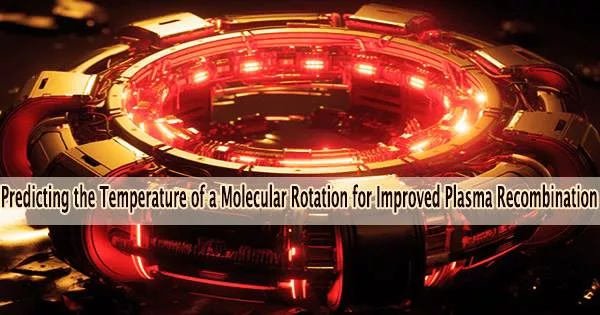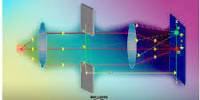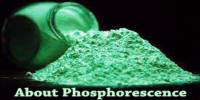Although it may be impossible for humans to control the sun, fusion power can be produced by confining the hydrogen plasma, which makes up the majority of the sun’s interior, in a magnetic field.
The containment walls of these massive devices are harmed by the extremely hot plasmas contained in the tokamaks, which can reach temperatures of up to 100 million degrees Celsius on average.
Near the device wall, scientists introduce hydrogen and inert gases to cool the plasma through radiation and recombination, which is the opposite of ionization. The reduction of heat load is essential for increasing the lifespan of future fusion devices.
Effective methods for recombination enhancement have yet to be discovered, but understanding and forecasting the process of the vibrational and rotational temperatures of hydrogen molecules near the walls could help.
An international team of researchers led by Kyoto University has recently found a way to explain the rotational temperatures measured in three different experimental fusion devices in Japan and the United States. Their model evaluates the surface interactions and electron-proton collisions of hydrogen molecules.
In our model, we targeted the evaluation on the rotational temperatures in the low energy levels, enabling us to explain the measurements from several experimental devices.
Nao Yoneda
The paper, “Spectroscopic measurement of increases in hydrogen molecular rotational temperature with plasma-facing surface temperature and due to collisional-radiative processes in tokamaks,” appears in the journal Nuclear Fusion.
“In our model, we targeted the evaluation on the rotational temperatures in the low energy levels, enabling us to explain the measurements from several experimental devices,” explains corresponding author Nao Yoneda of KyotoU’s Graduate School of Engineering.
The team was able to disperse plasma heat flux and improve the operating conditions of the devices by making it possible to forecast and control the rotational temperature close to the wall surface.
“We still need to understand the mechanisms of rotational-vibrational hydrogen excitations,” Yoneda says, “but we were pleased that the versatility of our model also allowed us to reproduce the measured rotational temperatures reported in literature.”
















